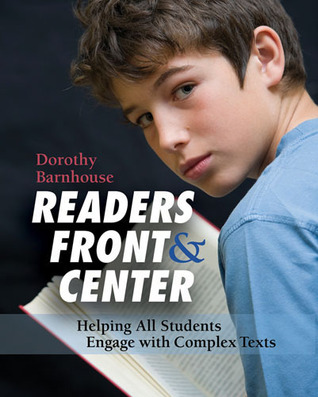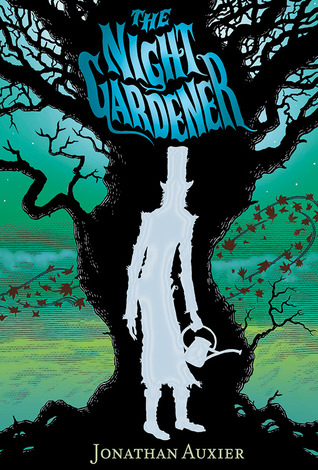Readers Front & Center: Helping All Students Engage with Complex Text
Stenhouse, 2014
This is a book about LISTENING.
"We can't teach people if we don't know them and we can't know them if we don't listen to them." p.4Dorothy Barnhouse takes Lucy Calkins' three components of a writing conference -- "research, decide, teach" -- applies them to reading conferences, and puts each phase under the microscope.
RESEARCH (chapter 1)
In the research phase, Barnhouse describes how we listen to a child read a small bit of text. Rather than focusing on issues of fluency, we focus on each student as a reader, listening to what they have to say and asking questions to understand what's behind their thinking. In this phase, we also refrain from probing to see if they "got it" or can retell the plot. We are listening to what students say about their thinking with an eye toward what we will teach about the way texts work, not just fixing some small misunderstanding in that particular text. "...correcting is not teaching. Correcting is small. It's about one word, one sentence, one text. Teaching is bigger. It attempts to take that moment and contextualize it." p.22
Questions we might ask (with a "tone of curiosity rather than interrogation") in this phase of a conference (p.24-25):
What's going on here?DECIDE (chapter 2)
What made you think that?
Where did you get that information?
How do you know?
In the introduction to this chapter (p.28), Barnhouse writes, "...how does one decide what to teach?" and my marginal note reads, "Indeed!" The sections of this chapter are "Reading with Vision," "Reading with Agency" (I love how Peter Johnston's work informs Barnhouse's thinking!), "Reading with a Flexible Mindset," "Teaching with Vision: Noticing the How Not Just the What," "Teaching Readers to be Problem Solvers," "Setting Texts Up as Problems to be Solved," "Learning from Errors," and "Building Identities as Thinkers and Learners." This is the chapter that will change the way I conference with students. This is the chapter that lifts my eyes up from the text the student is reading and helps me to remember to keep my eyes (and my teaching decisions) on the way ALL texts work. This is the chapter will help me frame all conversations about texts around the way readers solve different aspects of the puzzle that texts provide. This is the chapter that will keep me grounded in Carol Dweck's "growth mindset."
TEACH (chapters 3-6)
These will be chapters to which I will return often for ideas about how to move students as individuals and in groups to texts of greater and greater complexity. The ways Barnhouse diagrams student thinking will give me new ways to capture the essence of a conference. And even though she gives a shout-out to Cathy Mere on the topic of using Evernote to track conferences, I'm going to try Google Docs this year. Or just stick with my tried-and-true clipboard and not obsess about record-keeping. (I'll update you about my record-keeping again once the school year is underway.)
The most important take-away from these chapters on teaching (for me) would be a deconstruction of the title of the book:
READERS Front and Center (it's about the reader, not the text):
Helping ALL Students (because it's about students, there will always be a text a little more complex than the one they are reading into which we can help them to grow)
ENGAGE (such a smart verb choice, because we want active involvement with authentic purpose)
with COMPLEX TEXT (which is a student-driven moving target, not a list in a program or even the exemplar texts in the CCSS).











